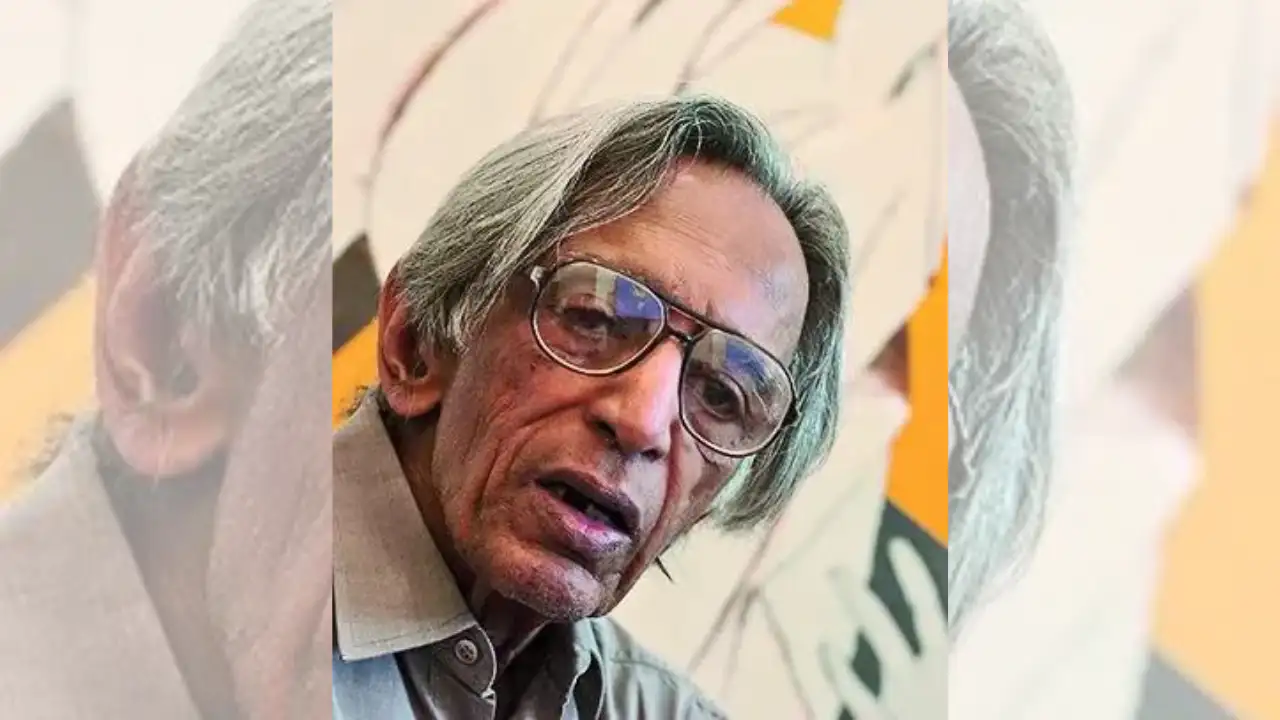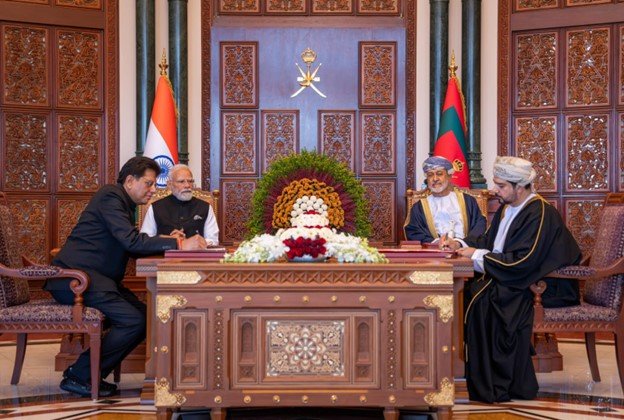Tyeb Mehta’s iconic ‘Trussed Bull’ sets a new milestone in Indian art, becoming the second most expensive painting sold at auction.
New Delhi: Tyeb Mehta’s masterpiece ‘Trussed Bull’ (1956) fetched a record-breaking ₹61.8 crore ($7.27 million) at a Saffronart auction in Mumbai, making it the second most expensive Indian painting ever sold globally. This sale, held on Wednesday, saw the work soar nearly nine times its higher estimate. The powerful image of a shackled bull now ties with Amrita Sher-Gil’s ‘The Story Teller’, which sold for the same price in 2023, reported timesofindia.indiatimes.com.
The auction results not only mark another milestone for Mehta but also for the Indian art market. This comes shortly after a painting by M F Husain joined the ₹100-crore club just weeks earlier. Mehta, one of India’s celebrated modernists, had previously set historic prices for his works, including his iconic ‘Mahishasura’ in 2005, which crossed the $1 million mark. This latest success adds to the ongoing bull run of Indian art in the global market.
The sale also marked a significant moment for Saffronart, which celebrated its 25th anniversary with a record-breaking auction raising $25 million, setting a new global record for an Indian art auction.
Dinesh Vazirani, CEO of Saffronart, attributed the success to the strength of the art market despite economic challenges, emphasizing the meaningful timing as this year marks Mehta’s centenary.
The proceeds of the auction will go to the Mehta family, as the artwork was from their private collection. Despite Mehta’s paintings now fetching crores, he lived much of his life in humble conditions, spending years in a cramped one-room apartment until the 1990s when he could afford a two-bedroom apartment in Lokhandwala.
Mehta’s legacy is more than just financial figures. He was driven by the power of his art, which resonated deeply with his life experiences. His works, reflecting the turmoil of Partition, post-independence struggles, and the 1992 Bombay riots, were rooted in profound personal memories. “The trussed bull also seemed representative of the national condition,” Mehta once said, symbolizing humanity’s inability to channel its energies.
Even in the later stages of his life when his sight was impaired, Mehta continued to paint with the same passion and precision, demonstrating his perfectionist approach until his death in 2009.








